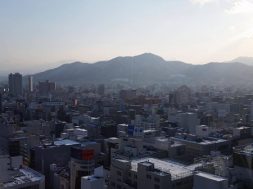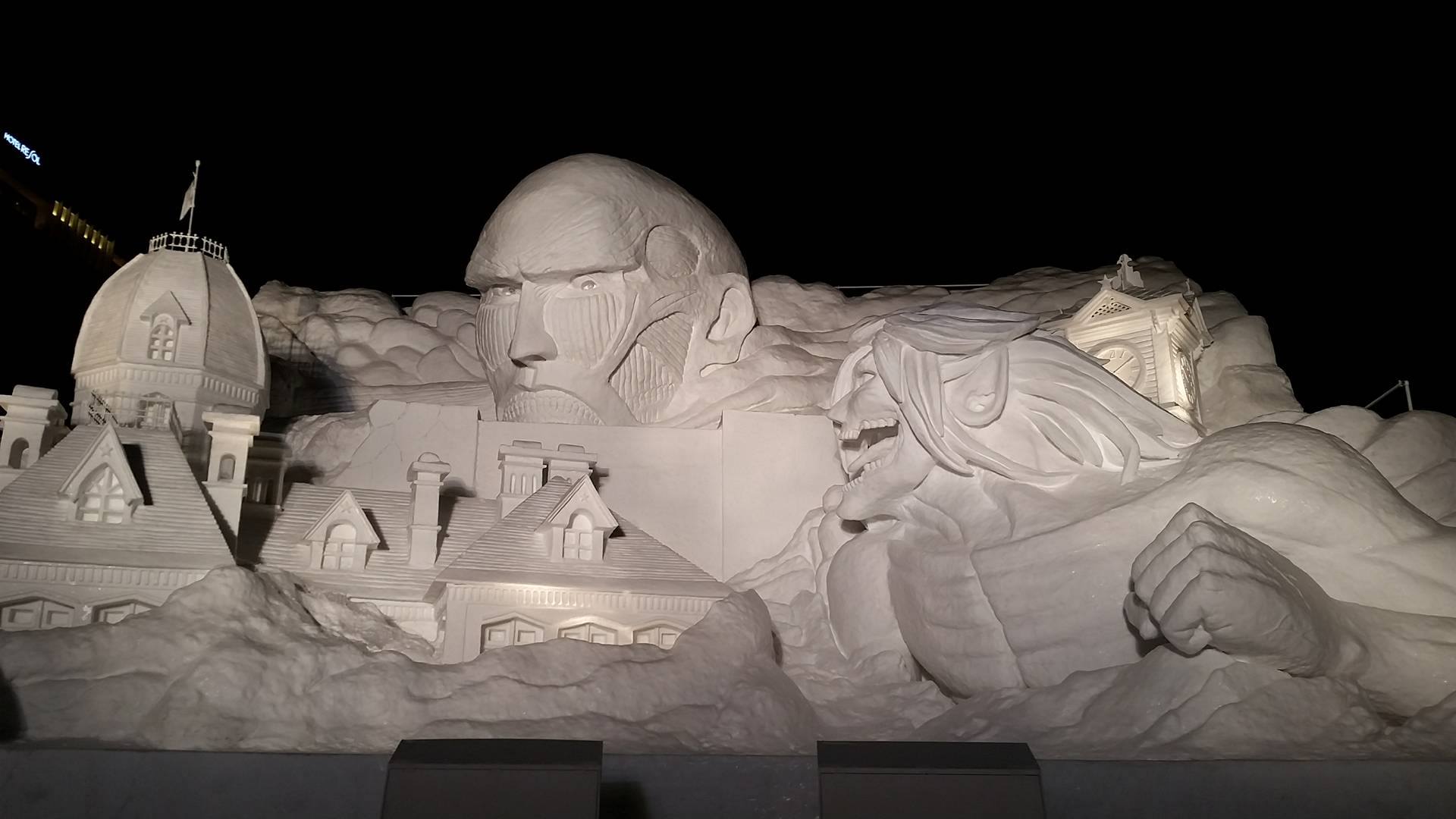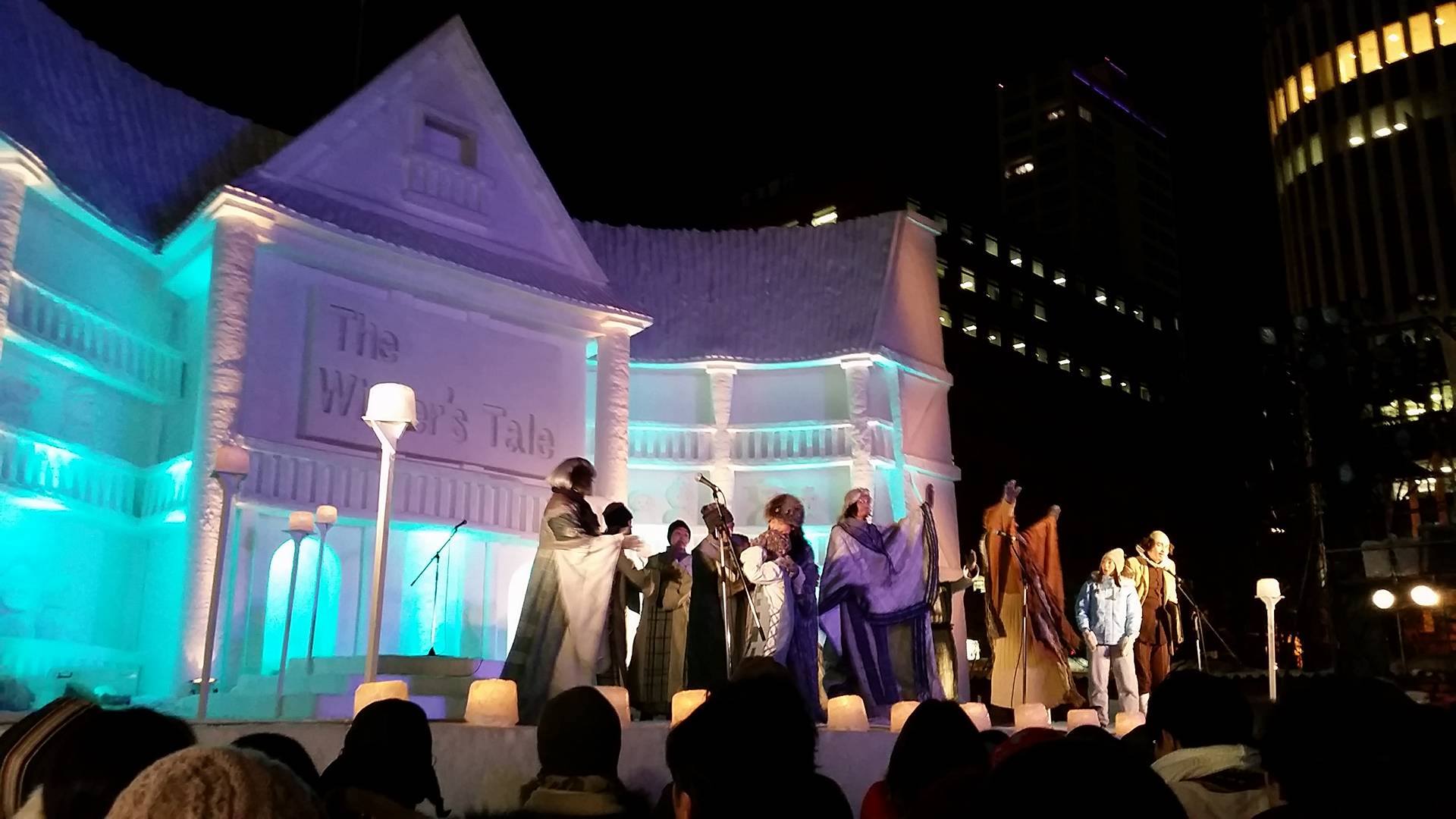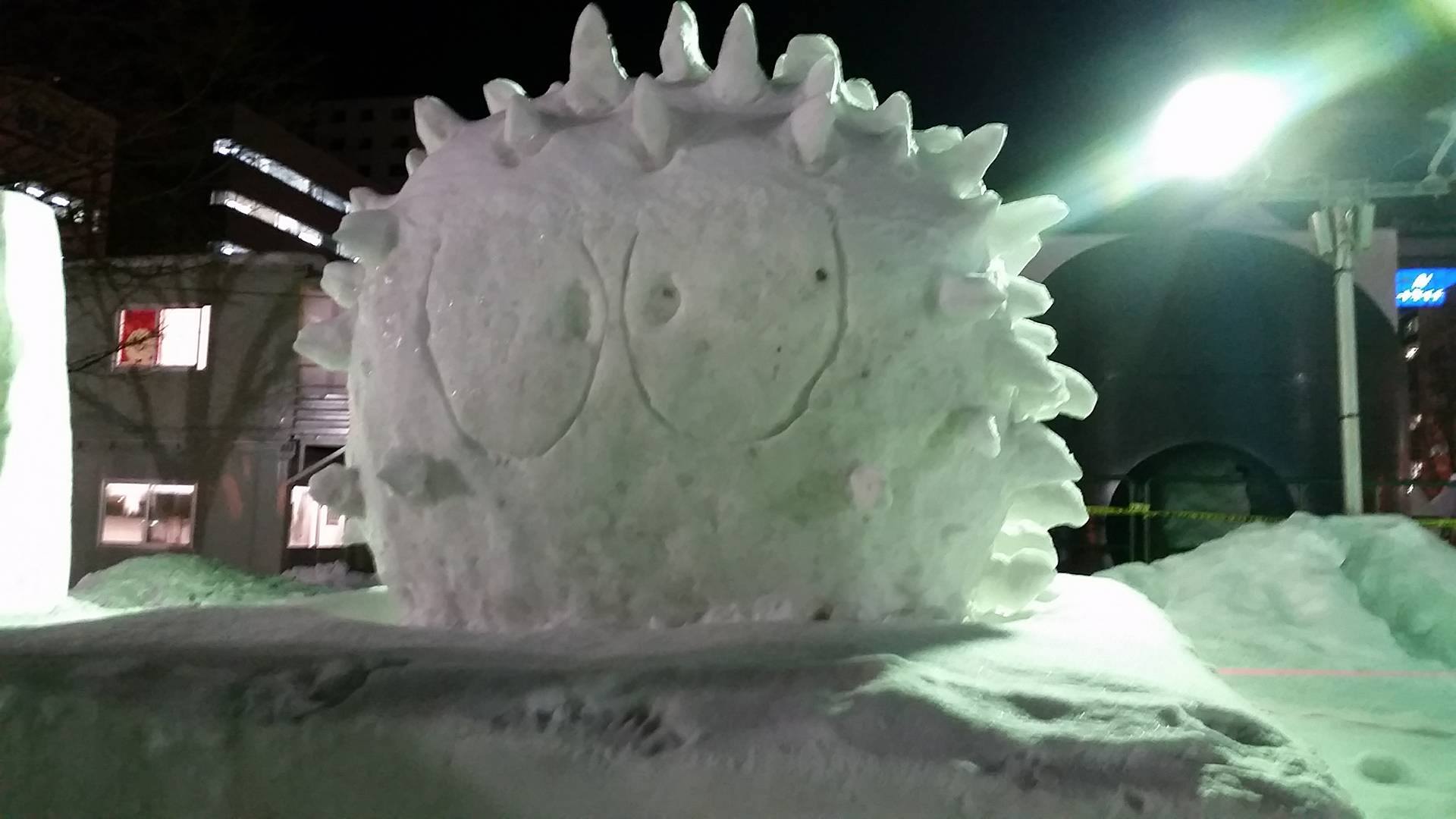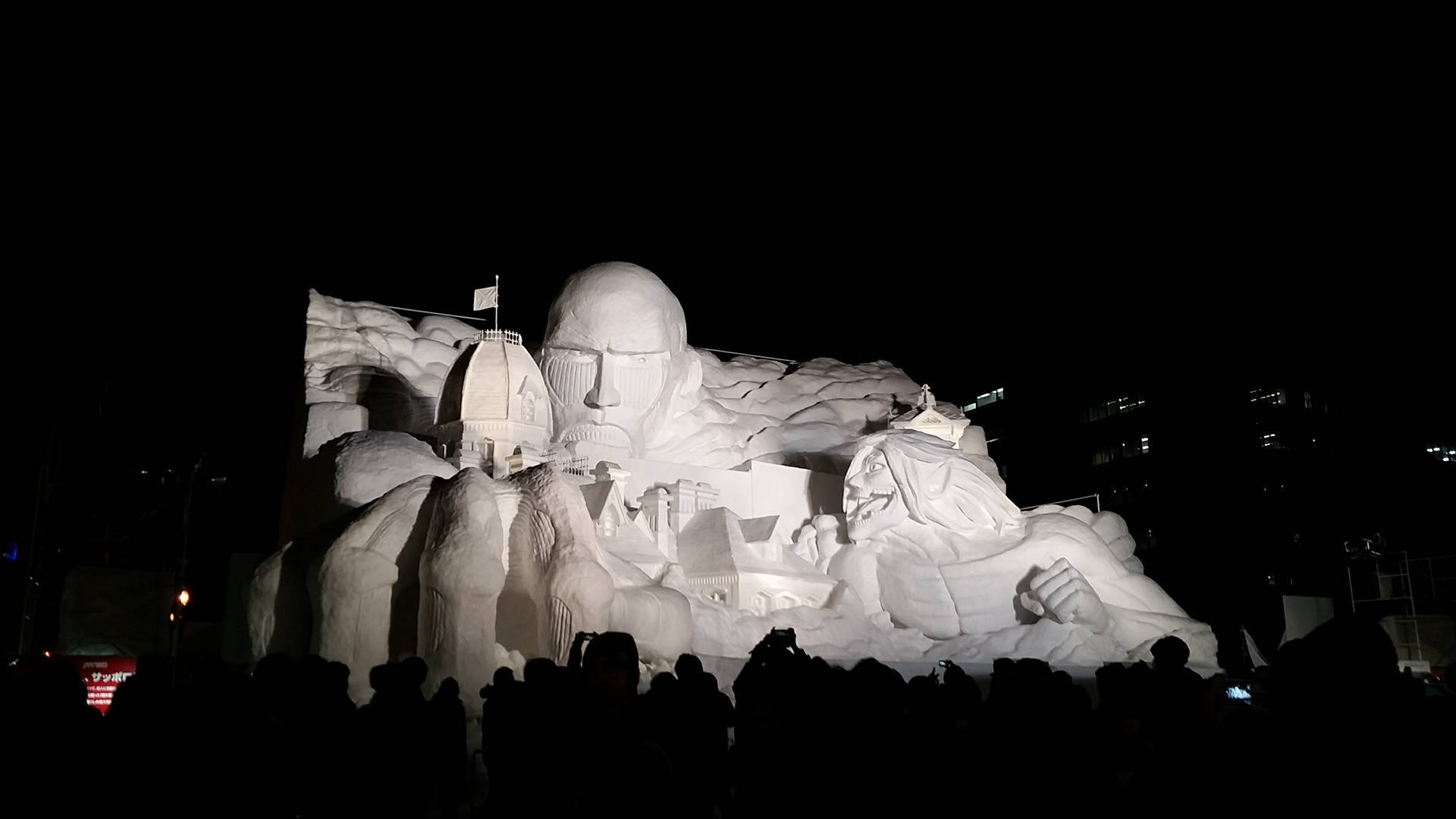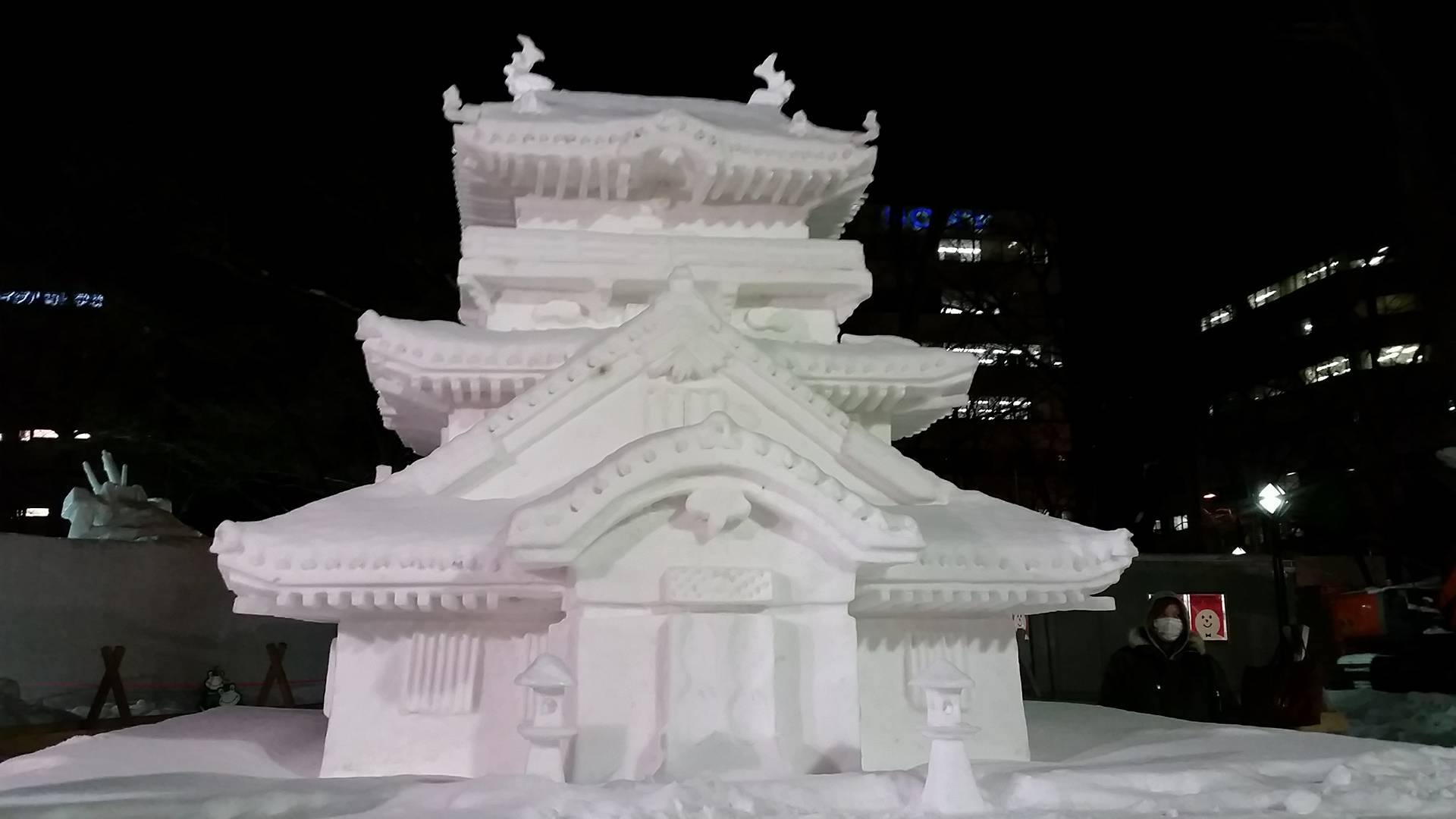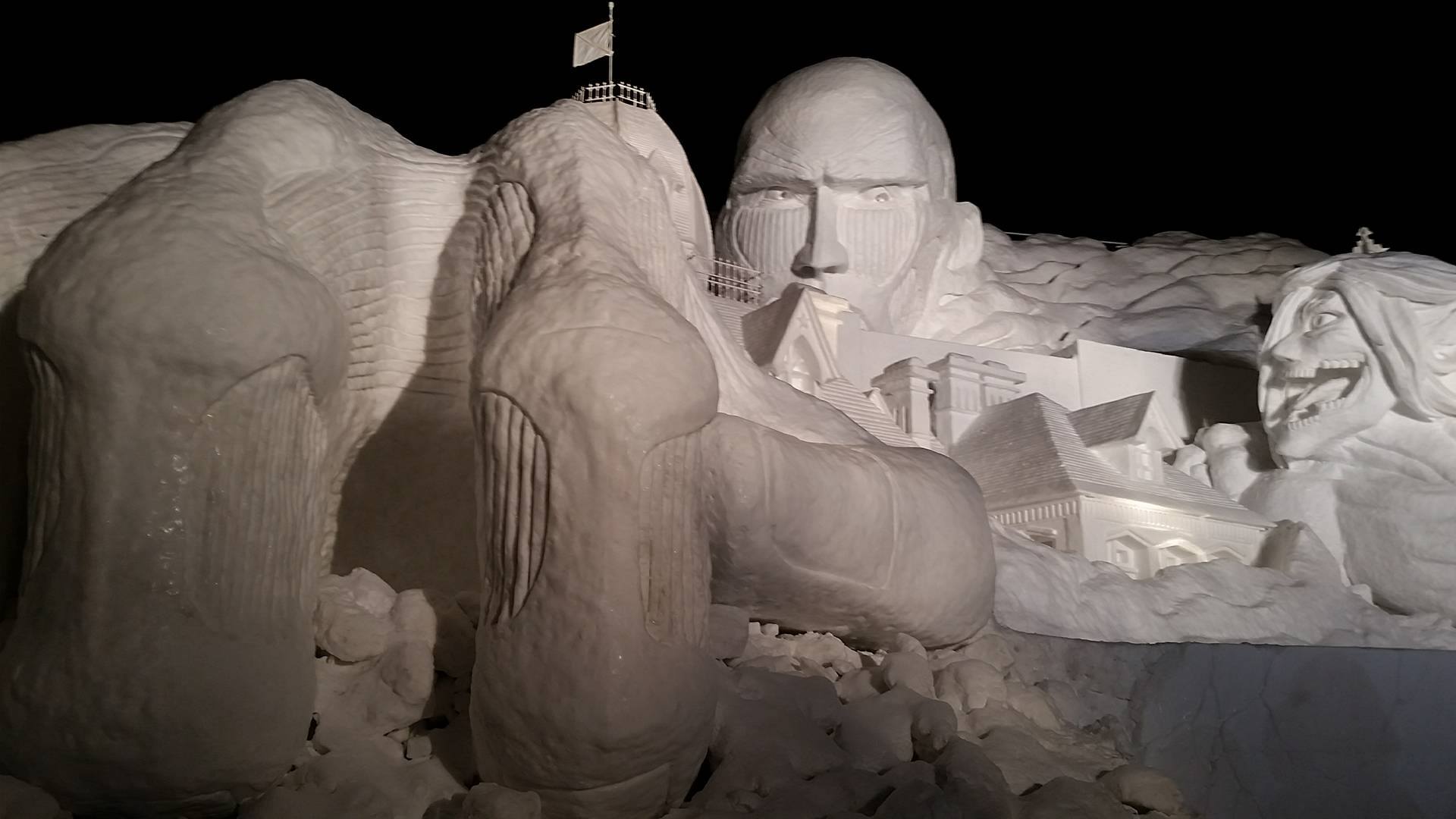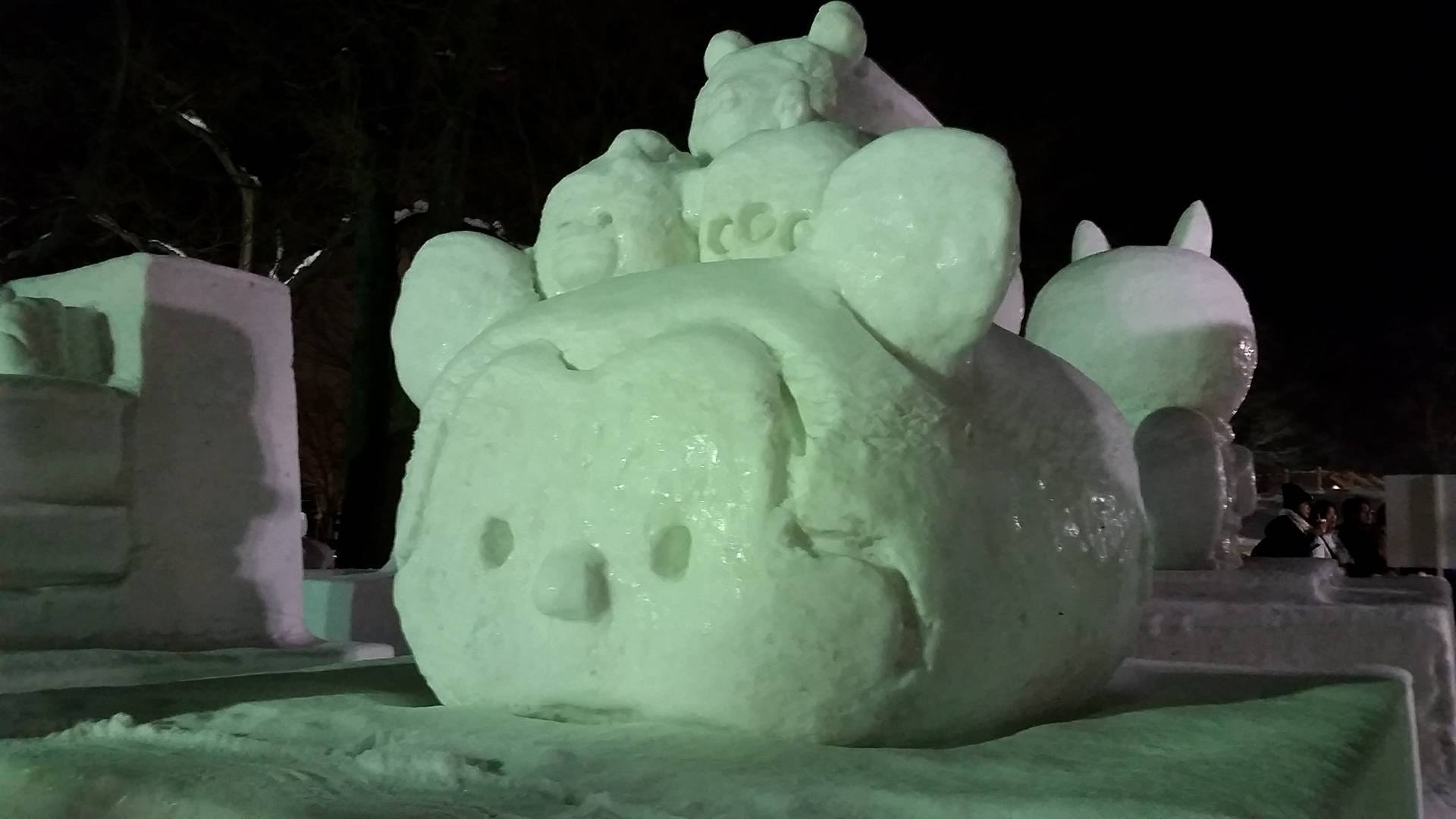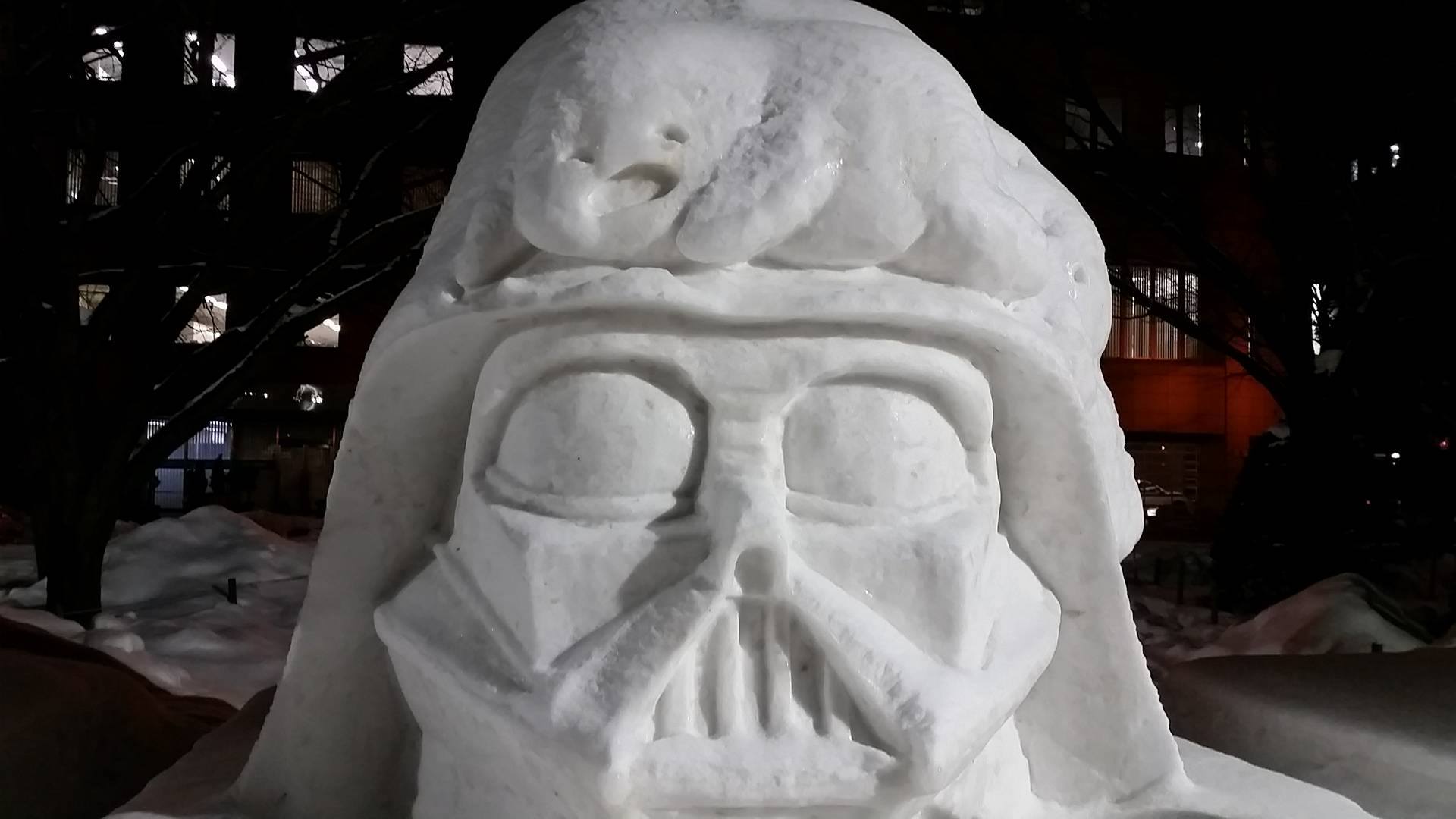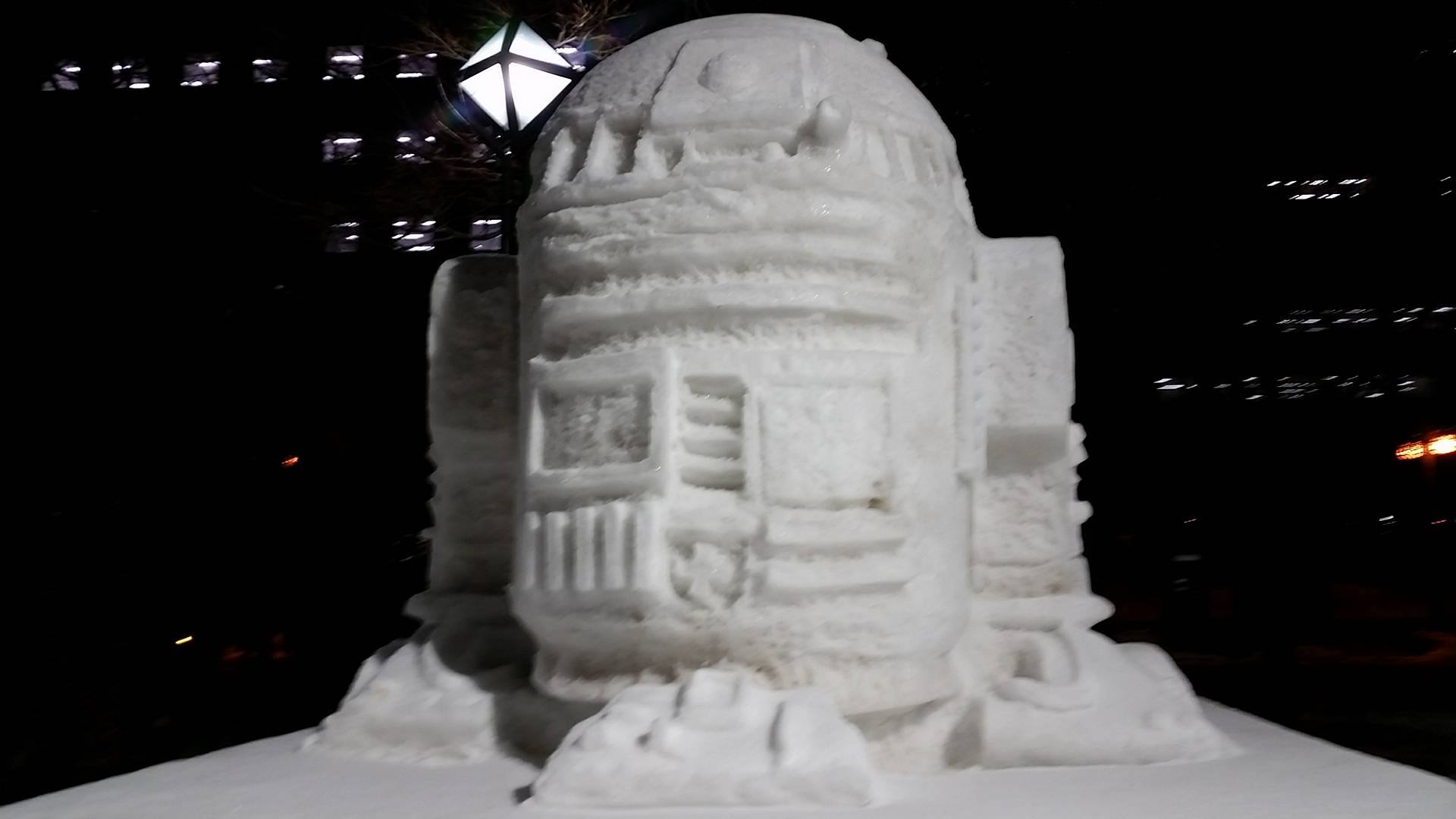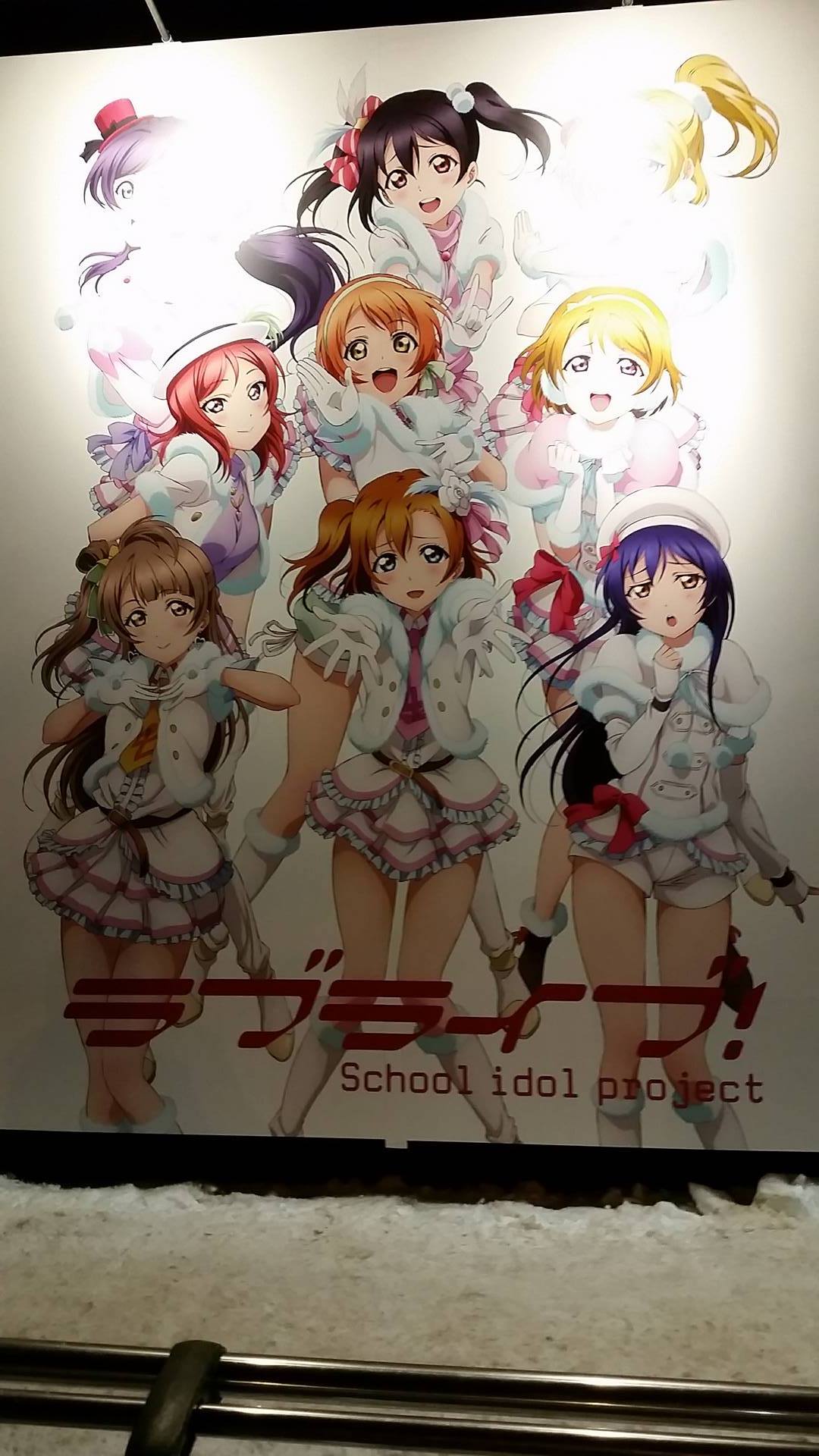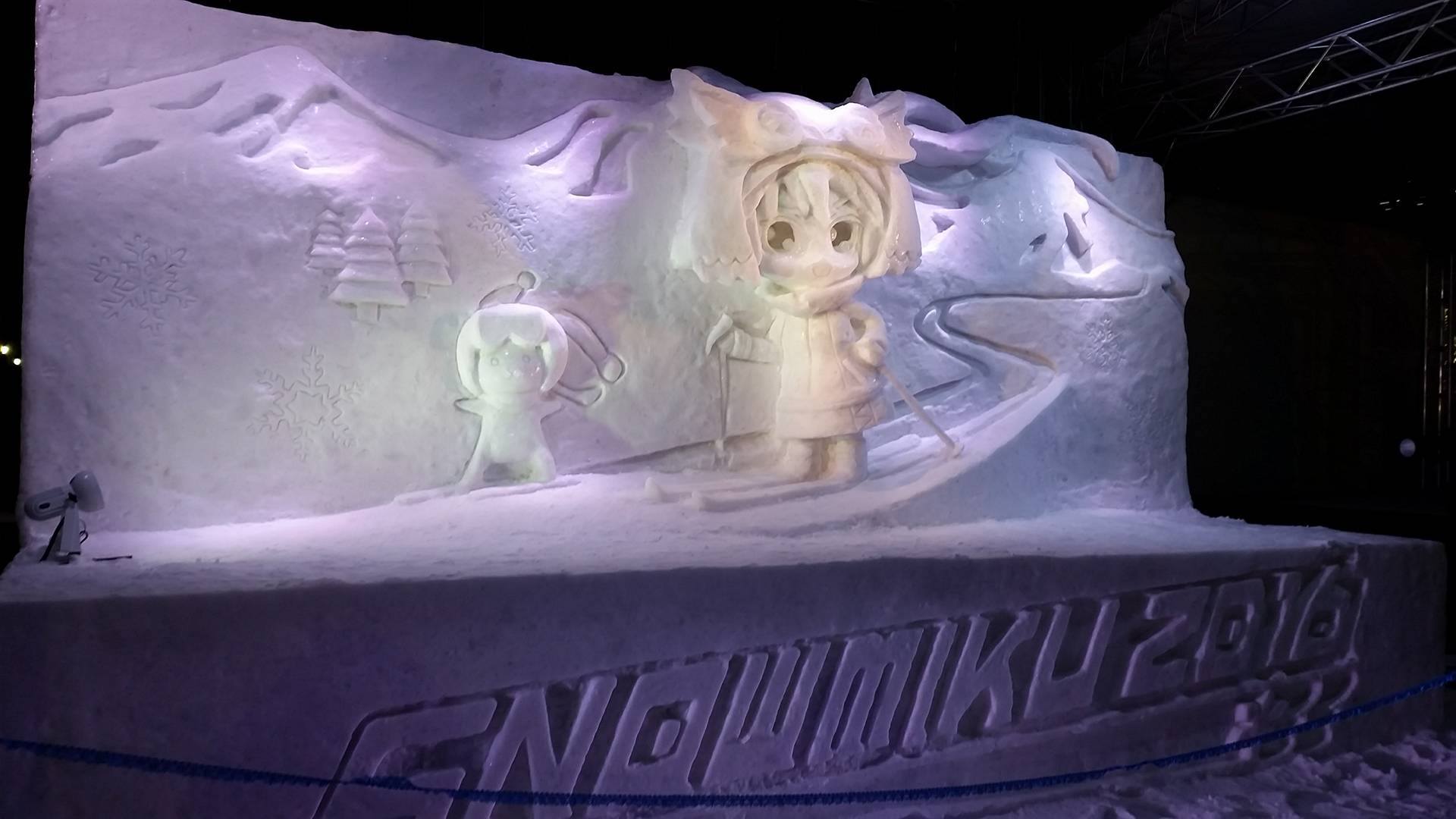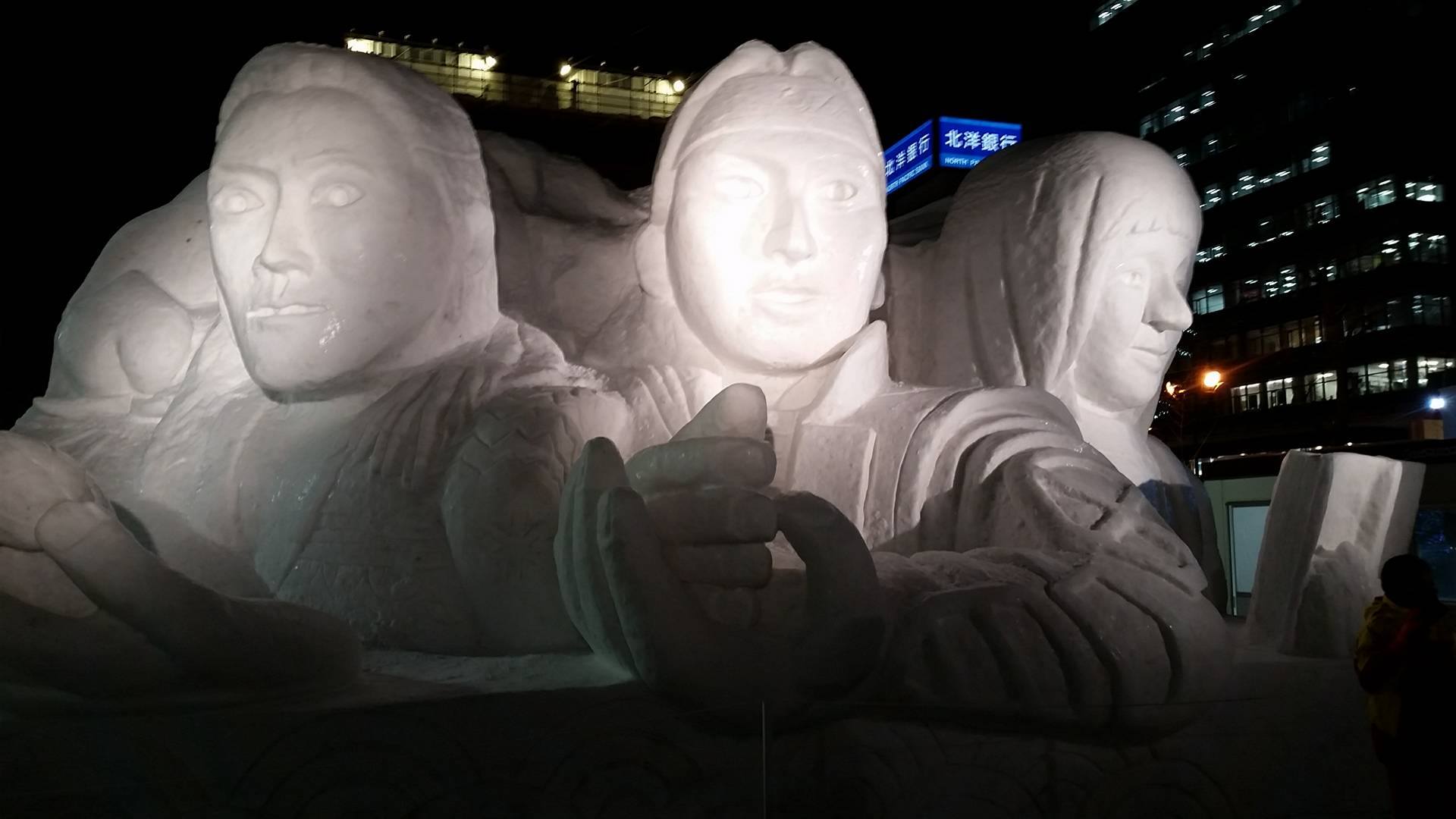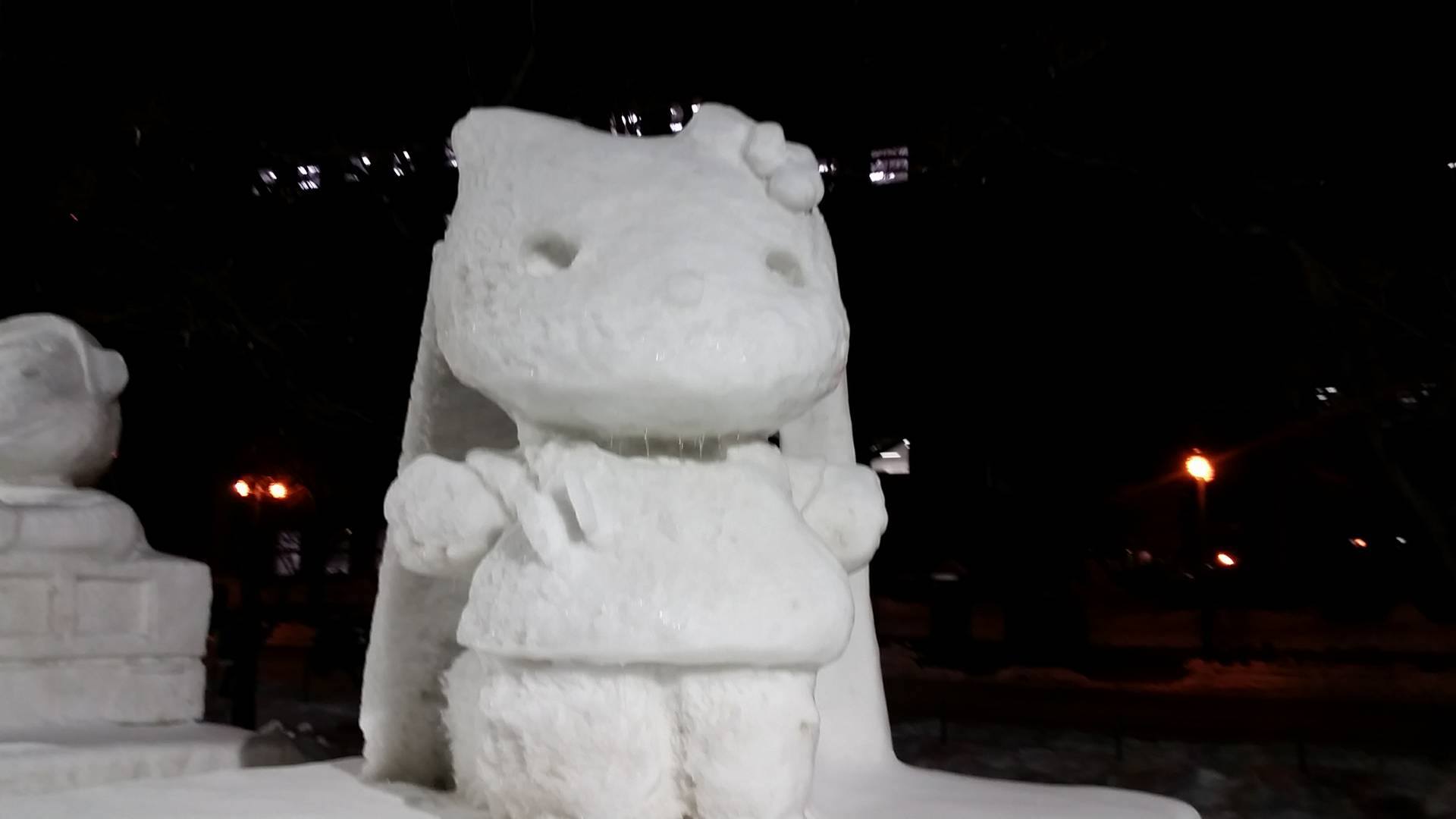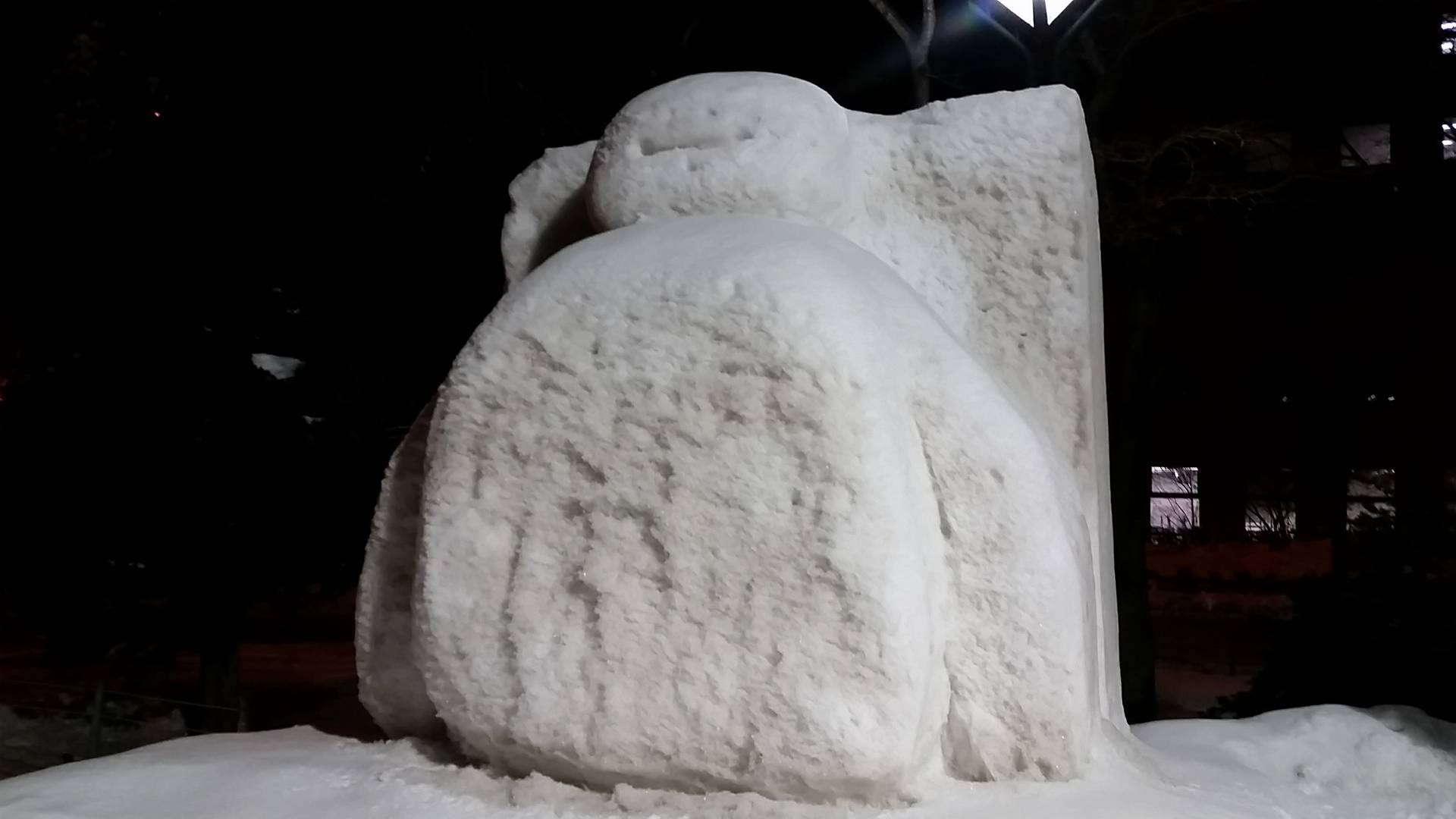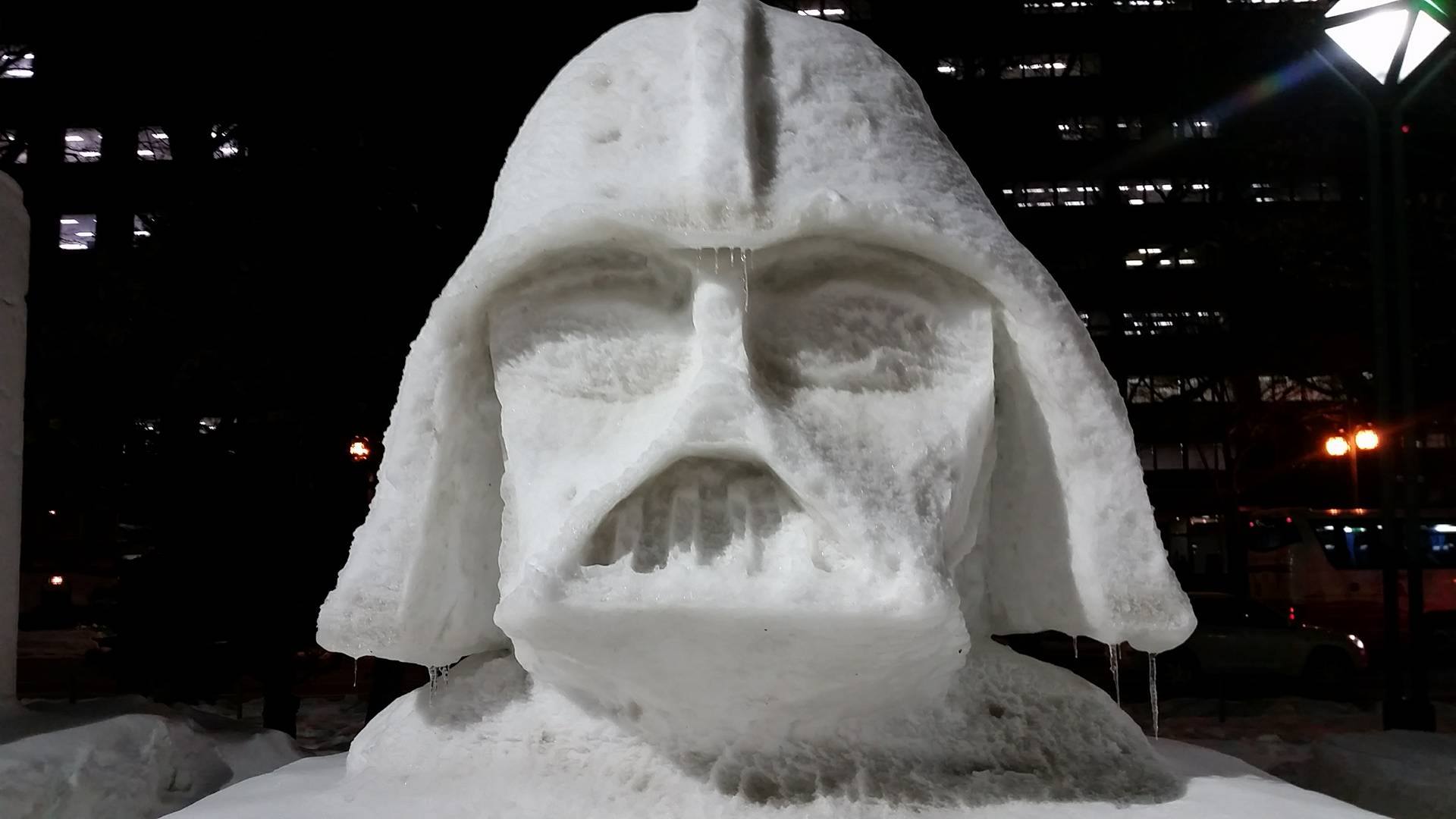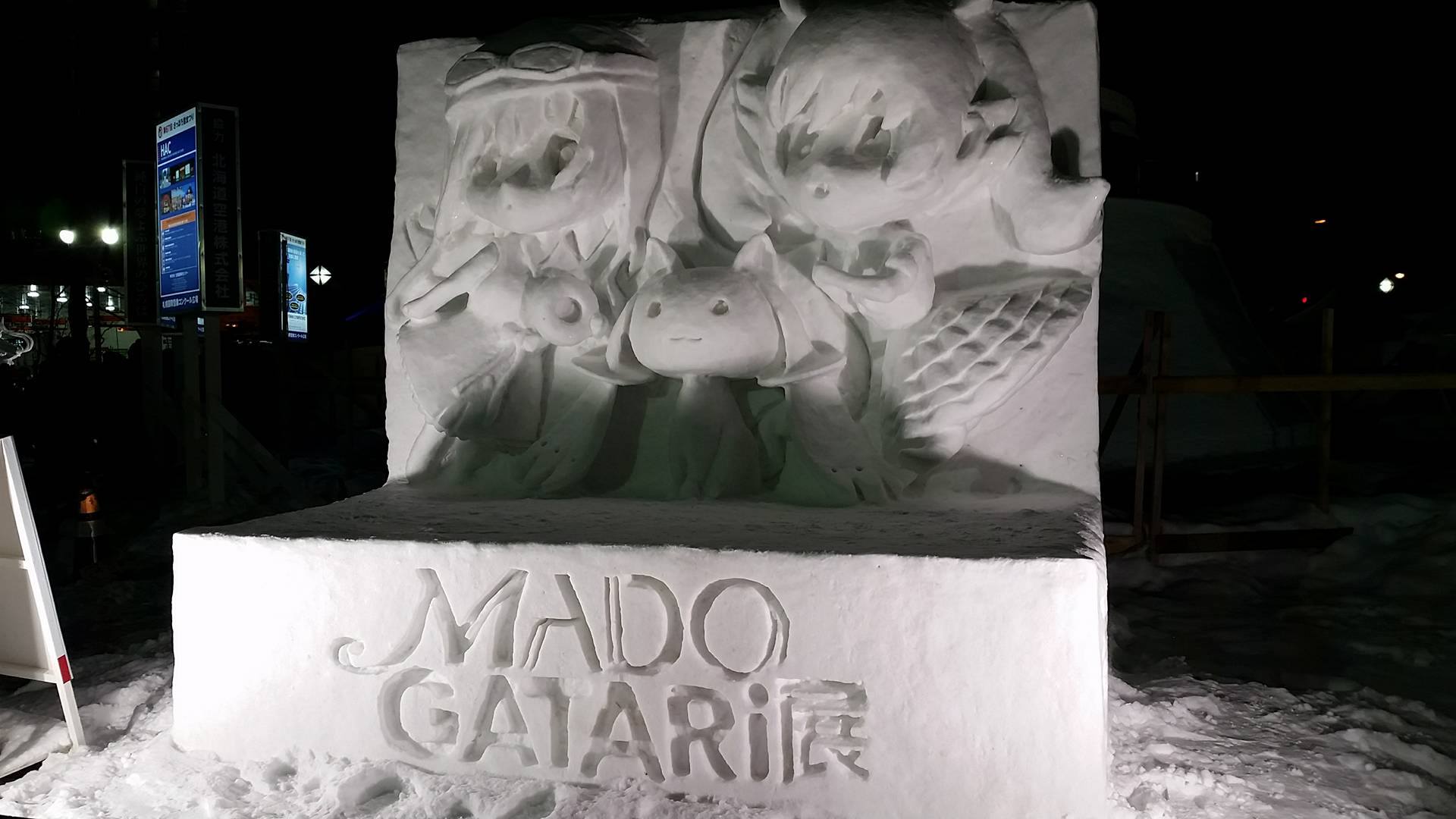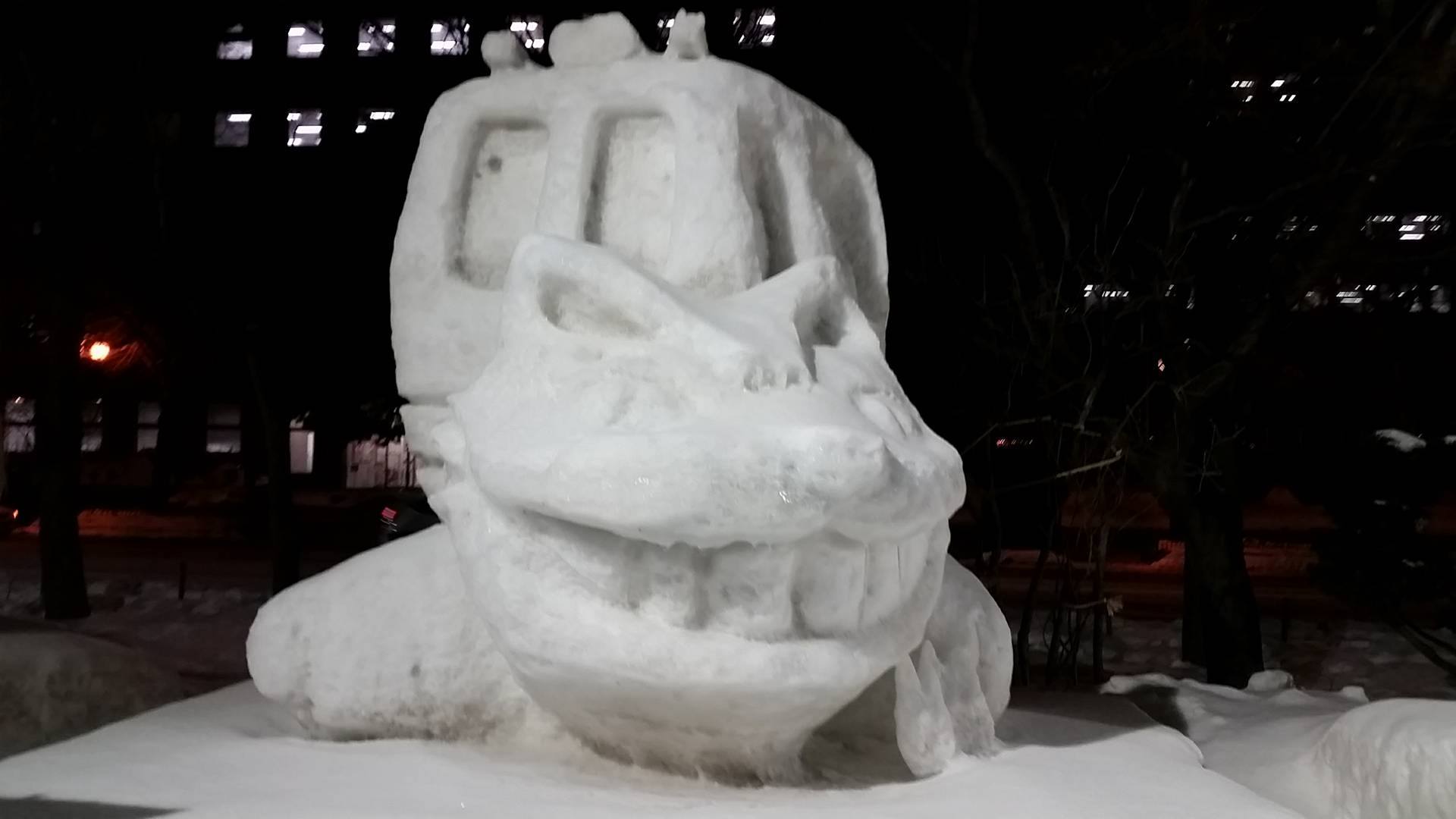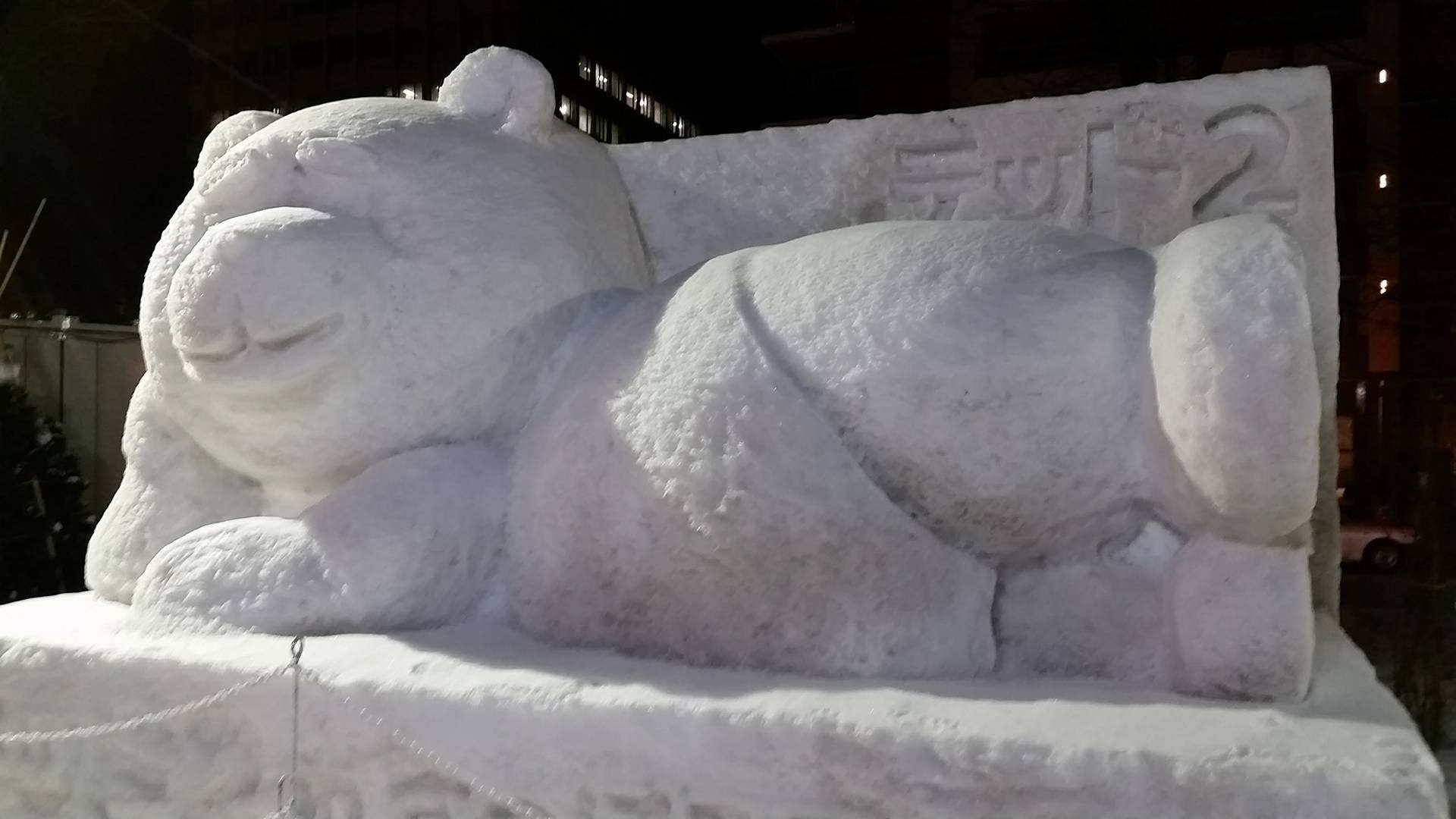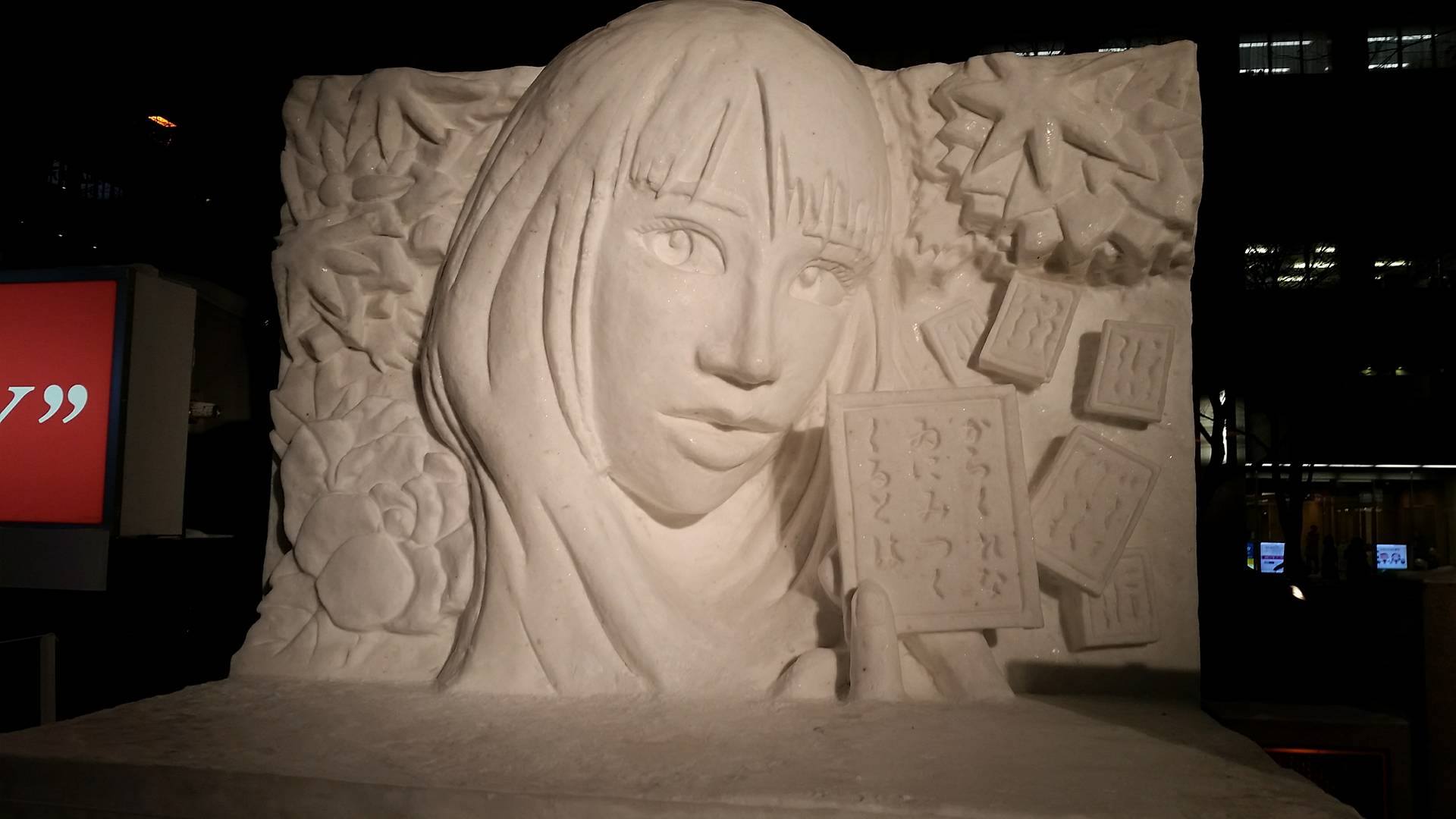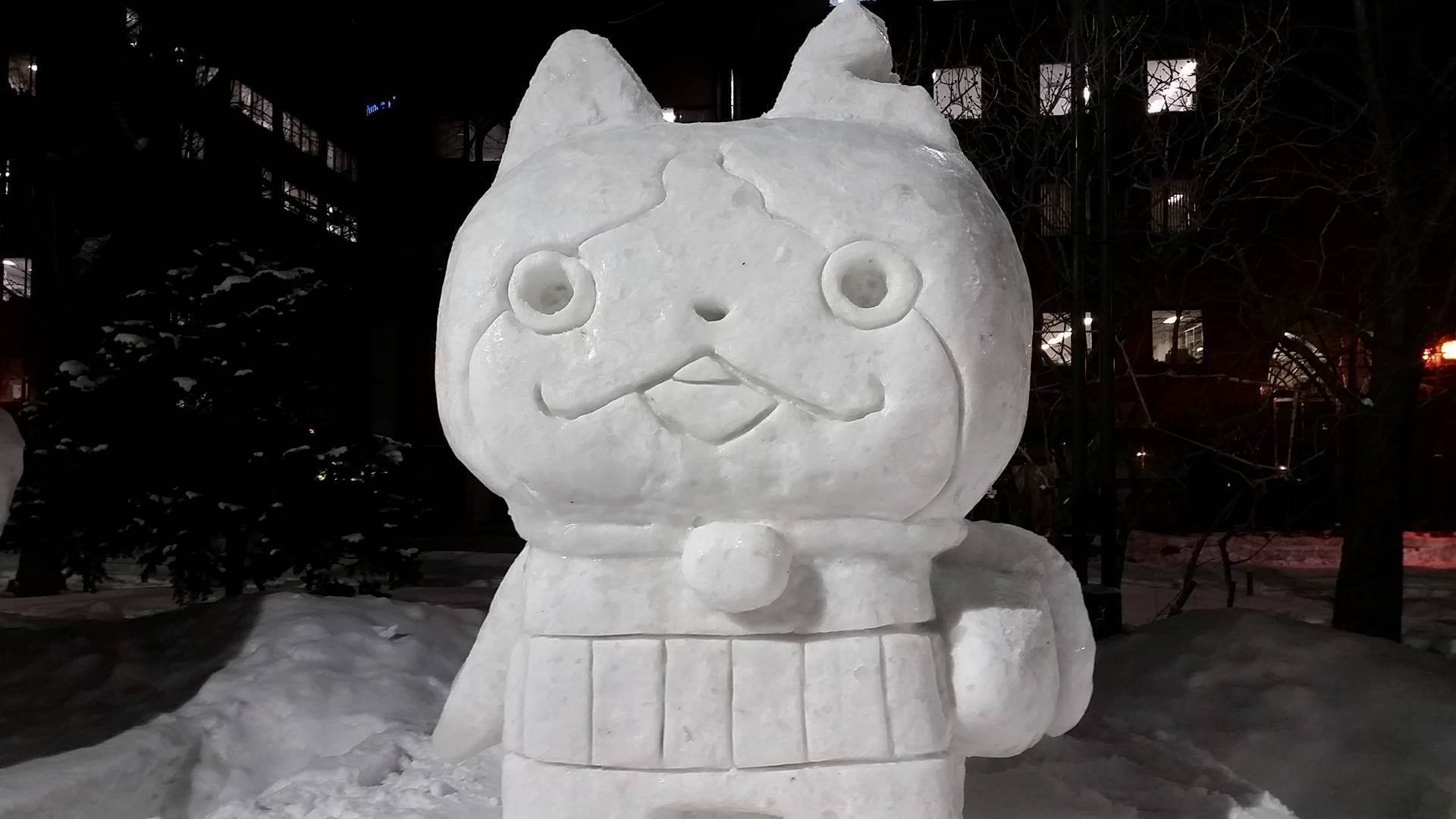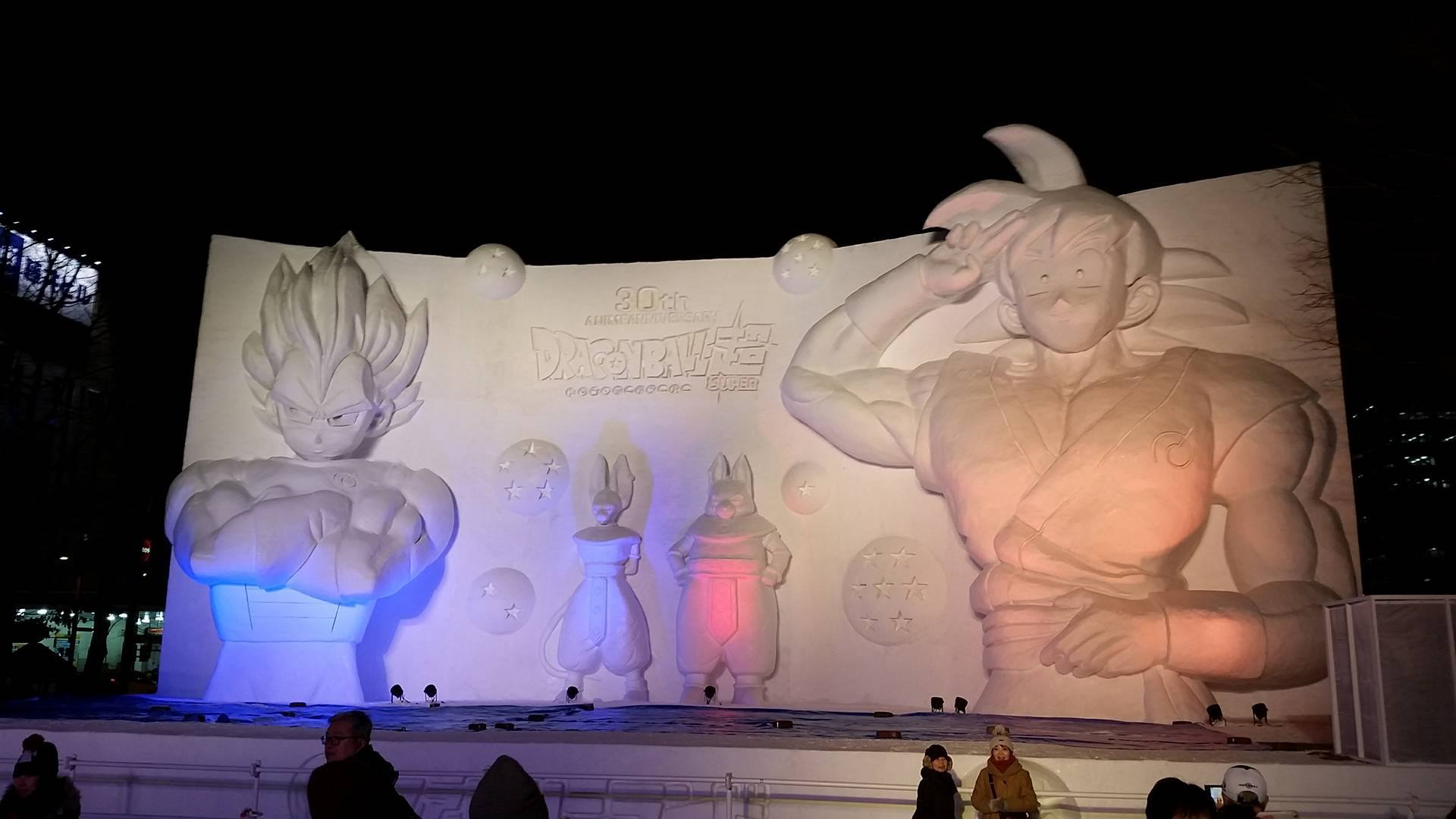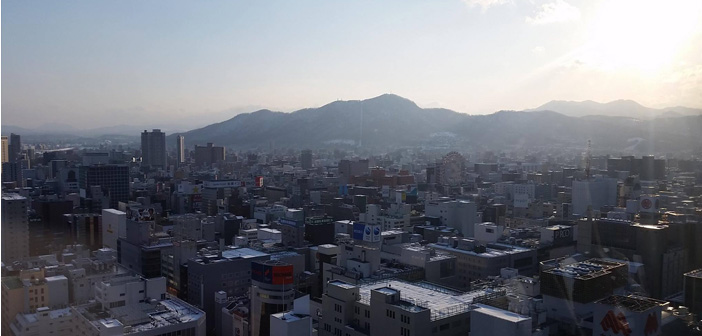
It’s probably common knowledge that Japan is a nation of extremes. Its people are known as much for their obsession with manners as they are for their obsession with how flagrantly foreigners disregard them. Young ladies are generally shy to the point of self-implosion but businessmen read hentai on the train and give approximately zero fucks. Their food is some of the healthiest in the world, but they love to deep fry stuff too. They hate using English but use it absolutely bloody everywhere anyway. Sometimes it seems like the middle-ground between any two opinions is the land of the rising sun’s true holy grail.
It’s not just the people though. The true essence of Japan’s extremism emanates from its environment and its physical place in the world. It’s southern islands, including Okinawa, are essentially tropical; trapped in summer, so much so that Christmas can be, and frequently is, celebrated on the beach. This climate comes to an abrupt cut-off point as Japan’s landmass curves around South-east China and by the time you reach the northern Island of Hokkaido, you’re basically next to Russia and the weather will have changed appropriately. If Okinawa is a perpetual tropical paradise, Hokkaido is a winter wonderland, and every year, in February, the islands largest city, Sapporo, literally becomes just that.
The Sapporo Snow Festival has been one of Hokkaido’s major tourist draws for the last 67 years. Sapporo’s best and bravest weather the, sometimes literal, snowstorm and line Odori Park with snow sculptures. For the bigger ones, this years included tributes to Dragonball and Attack On Titan, the undertaking is so enormous that the actual army are actually called in to help. While they are undeniably spectacular, the amount of smaller sculptures littered throughout the park make the one-way walking system something to be thankful for. It might seem like a funeral procession at times, but you’ll be thankful when you realize how easily you could have missed Darth Vader with Gudetama on his head. I know I certainly was.
Sapporo is a very different city to Tokyo. It’s smaller and less dense in terms of population, but its streets feel broad and open in comparison to Roppongi’s urban corridors. The city feels like it was designed to survive harsh Winters; the combination of snow and biting cold barely drawing a reaction from the citizens who, in turn, seem built to just deal with it. My first day there was warm enough to convince me I didn’t need gloves, by the time it turned to night my hands had frozen to the point of being unable to grip my phone. As my teeth and bones rattled trying to force my cold dead hands into my gloves, I couldn’t help but feel like I was standing out more as a foreigner than I ever had in Tokyo. I wasn’t just a foreigner here, I was foreign twice; first to Japan and then to Hokkaido. And everybody knew it.
They knew it, but they didn’t care. Sapporo is absolutely full of foreign citizens and, possibly due to its smaller size, you generally encounter them with more frequency than even touristy areas like Shibuya or Shinjuku. If anyone found my naiveté amusing, they certainly didn’t voice that, and going out in Sapporo with people I’d met that very night, felt like I’d been with old friends before I knew it.
Protip; if you’re in Sapporo, try the Ramen Salad.
In the small town of Otaru, about an hour on a train from Sapporo, the snow finally defeated me. I watched the volunteers shaping snow and lighting candles along the canal for twenty minutes before the snow in the sky and the snow on my face felt like they were determined to permanently remove the red from my cheeks. I took refuge in a nearby ramen restaurant (Hokkaido ramen is BAD. ASS.) and genuinely considered ordering seconds just to avoid going back outside. When I did, things had not improved.
But the night had brought with it a new perspective, as it always does in Japan. The canal was now lined with lights and works of art, small figures, animals, snowflakes, stars and hearts and enough tourists to justify the opening of a nearby Starbucks. On my way back to the station, I stumbled upon yet another man-made snow path. This was one that twisted and trailed throughout the suburban back streets of Otaru, designed to bring people into the real center of this idyllic little village. It was beautiful, so beautiful that for a few moments I forgot that everything around me was shaped by human hands. It seemed impossible that people, let alone volunteers, had given so much of themselves and their time to making this. It simply must have been forged by Mother Nature herself, except that it wasn’t. In reality it was probably made by children. It was astonishing.
Japan is a nation of extremes all the way down to its topography, but in the end it’s the people who really exemplify it. It would be easy to feel sore about being stuck in a never-ending Winter season, dealing with torrential snow day after day, year after year, but that’s not how Japanese people think. 67 years ago someone decided Sapporo’s snowfall was something to celebrated, not just tolerated. The effort and community spirit that has gone into the Festival, and the smaller celebrations in the surrounding areas, every year since is a testament to the hard-working, creative, and undeniably extreme, Japanese spirit.
